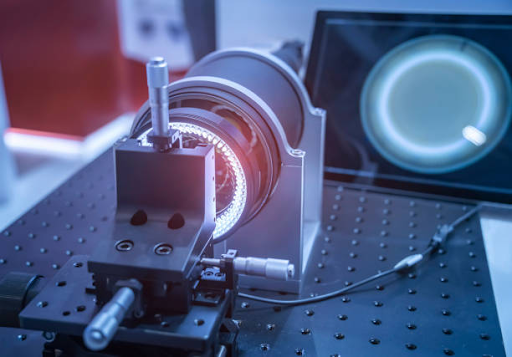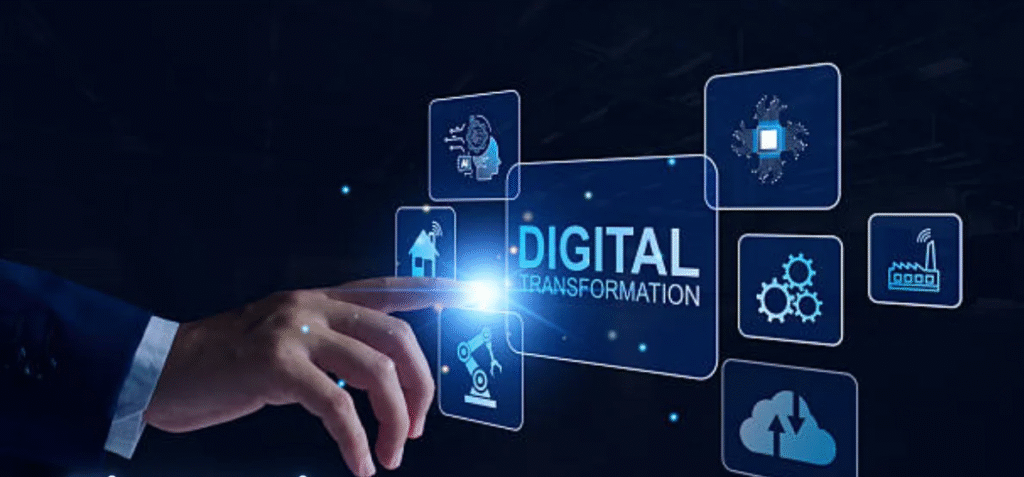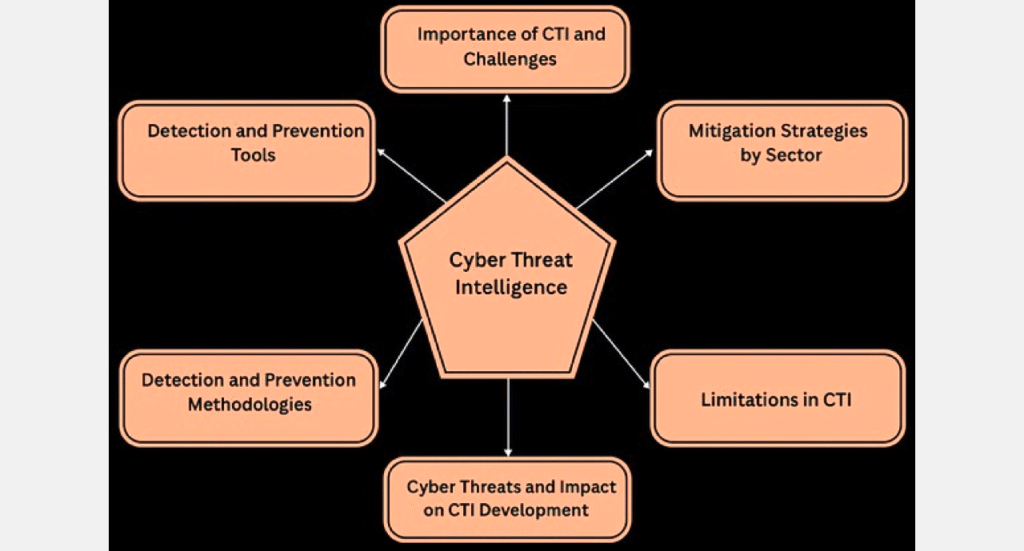Laser Sensors in Industrial Automation: How Pinpoint Accuracy is Shaping Modern Production

As factories move further into the world of Industry 4.0, three things stand out as non-negotiable: speed, reliability, and absolute precision. Central to delivering that level of performance are laser sensors—advanced photoelectric devices that find and measure objects with astonishing accuracy. Today you’ll see these tiny powerhouses working along high-speed assembly lines, guiding robots into perfect position, or checking quality with a level of detail that was once thought impossible.
In the following paragraphs, we’ll break down what laser sensors actually are, highlight the benefits they bring to factories, and show how companies like OMCH are crafting these tools to meet the needs of manufacturers who refuse to compromise on performance or ease of use.
What Exactly Is a Laser Sensor?
At its core, a laser sensor is an optical device that sends out a narrow beam of laser light to find out whether an object is present and where it is located. Because the beam is so tightly focused, it can create extremely small detection spots, cover long ranges, and give measurements with a precision that hits the micrometer mark. That sharp focus sets laser sensors apart from traditional photoelectric models that rely on broad LED lights, making them the go-to choice whenever detail matters.
Laser sensors work using a few straightforward setups.
Through-beam models have a laser transmitter on one side and a receiver on the other. If something steps into the path and breaks the beam, the sensor picks it up right away.
Retro-reflective units send the beam out and bounce it back with a special reflector mounted nearby. When an object moves between the transmitter and the reflector, the interruption signals detection.
Diffuse reflective systems hit the target directly. The sensor sends out the light, watches how much comes back, and then figures out both the object’s presence and its distance from the change in return strength.
Laser sensors also use triangulation or Time of Flight (ToF) for jobs that demand very precise distance measurements, like positioning small parts in a robotic cell.
Because they handle these tasks better than most conventional sensors, laser units are vital in robotics, factory automation, and process control where high resolution really counts.
If you need a large choice of photoelectric and laser sensors built for tough work sites, check out OMCH’s https://www.omchsmps.com/de/path/photoelectric-sensor/ . It covers models that fit precision needs across many sectors.
Why B2B Industries Rely on Laser Sensors
B2B manufacturers, warehouses, and automation specialists lean on laser sensors for several practical reasons.
First, they deliver high accuracy. The tiny beam can spot slight shifts in position or distance, making these tools ideal for quality checks and inspection lines.
- Long Sensing Range: Unlike some other sensors, laser beams stay narrow and on target even when measured parts are several meters away.
- Small Spot Size: The focused dot lets manufacturers zero in on tiny parts or just the right edge of a component.
- Non-Contact Measurement: Because they read data from a distance, laser sensors work great on high-speed parts, hot surfaces, or fragile assemblies.
- Fast Response Time: Laser modules react so quickly that they keep up with fast-moving production lines and give operators the feedback they need in real time.
Those benefits let B2B factories streamline automation, trim scrap rates, and stick to tight quality tolerances—big wins in auto assembly, electronics, and packaging.
Key Applications in Industrial Automation
Laser sensors support a wide range of industrial jobs. Here are a few places where this technology has really changed the game:
- Positioning and Alignment: CNC mills, robotic arms, and conveyor systems use lasers to confirm where parts sit and which way they face.
- Dimensional Measurement: Engineers check the thickness, height, or overall width of auto and aerospace parts to keep assemblies snug and safe.
- Object Detection: Lasers can spot small, shiny screws or nearly-clear plastics that ordinary sensors often miss.
- Level Measurement: Filling bins and silos is easy because lasers read liquid levels or bulk material heights without ever touching the surface.
Edge Detection in Web Handling
If you’ve ever watched rolls of paper, plastic, or fabric zoom through a factory, you’ve probably glimpsed a tiny red dot zipping along the edge of the web. That’s a laser sensor at work, making sure everything stays lined up. Because the sensors react in real time and don’t need to touch the moving material, they’ve become an essential piece of gear in smart factories where speed and accuracy go hand-in-hand.
What to Think About When Picking a Laser Sensor
Selecting the right laser sensor isn’t a “one-size-fits-all” task. A few practical details and the environment it’s going to live in will help narrow down the choices. Here are the big points anyone buying these sensors for a production line should check off their list:
- Measurement Range: First, know how far the sensor will sit from the web. The range printed in the tech sheet should cover that distance comfortably, whether you’re watching for misalignment or checking fill levels.
- Spot Size and Resolution: Fine edges on printed labels or carefully spaced electrical traces need small dots. For those jobs, the laser should produce a tight spot and provide resolution high enough to pick up even tiny shifts.
- Surface Type: Shiny aluminum foil, textured cardboard, and deep-black film all behave differently under laser light. Some sensors can be tuned for bright surfaces while others handle darker materials better, so match the sensor to the workpiece.
- Ambient Conditions: Is the line indoors at a steady 21°C or outdoors where the sun beats down, or does it ride through a cloud of grinding dust? Temperature, humidity, and dirt can scramble the reading, so look for an IP rating that meets the worst-case scenario.
- Mounting and Alignment: Room above the line is already at a premium, and the laser needs to hit the material at a perfect angle. Slim-profile sensors can slide into tight spots and still provide easy adjustment at installation.
- Output Interface: Finally, check what kind of data cable your PLC or controller prefers. Some sensors speak analog, others use digital, and a few will talk RS-485, so pick one that plugs right in.
When you choose a sensor supplier, it’s smart to look for more than just the hardware. Reliable partners also offer technical support, easy-to-use configuration tools, and clear integration guidelines. These extras can cut setup time and help you see a strong return on your investment. That’s one reason many engineers turn to OMCH. They keep these customer needs front and center while delivering industrial-grade products. Their lineup includes tough photoelectric sensors built to survive the rigors of modern automation plants.
OMCH’s Mission: Precision Sensing for Tomorrow’s Factories
Manufacturing is becoming more automated every year, and with that trend comes a growing demand for reliable, high-resolution sensors. OMCH, an established name in the automation space, meets that demand by offering a full range of sensing technologies—laser, photoelectric, inductive, and beyond. Each product is designed to boost the intelligence and efficiency of production lines. Behind these products lies a strong commitment to research and development. OMCH backs its sensors with:
- Application-Driven Designs that tackle the unique challenges of different industries.
- Rigorous Quality Control that guarantees accuracy, repeatability, and compliance with global standards.
- Modular Integration, including DIN-rail compatibility, to make hooking sensors into existing PLC systems a breeze.
- Competitive Pricing that opens the door to high-performance sensing for businesses of any size.
By putting top-notch performance together with user-friendliness and steady support, OMCH helps B2B companies create smarter and more dependable automated systems. This advantage lets them stay ahead in markets that are becoming trickier every day.
Laser sensors are changing how factories and warehouses see, measure, and manage what happens inside their machines. Because they provide fast and spot-on readings for almost any material and atmosphere, these sensors have become must-haves in modern automation.
For B2B businesses looking into tomorrow’s detection technology, working with a trusted partner such as OMCH can be a game-changer. With a wide range of photoelectric and laser sensors, plus hands-on engineering help and deep industry know-how, OMCH is ready to support manufacturers in fine-tuning their automation plans from the very start.

Maximizing Guest Satisfaction Through Professional Vacation Rental Cleaning

A Complete Guide to Dumpster Rental: Efficient Waste Management for Projects of Every Size

Comprehensive Strategies and Best Practices for Fire Mitigation to Protect Lives, Property, and the Environment in Modern Residential and Commercial Settings

Onsite Tire Change in Ottawa : Safe Fast & Professional Tire Services

Accelerating drug discovery through the DEL-ML-CS approach

openfuture.world A Complete Informational Guide

Kingxomiz: Exploring a Modern Digital Service Platform

Usphonelookup: A Guide to Modern Phone Search Services








